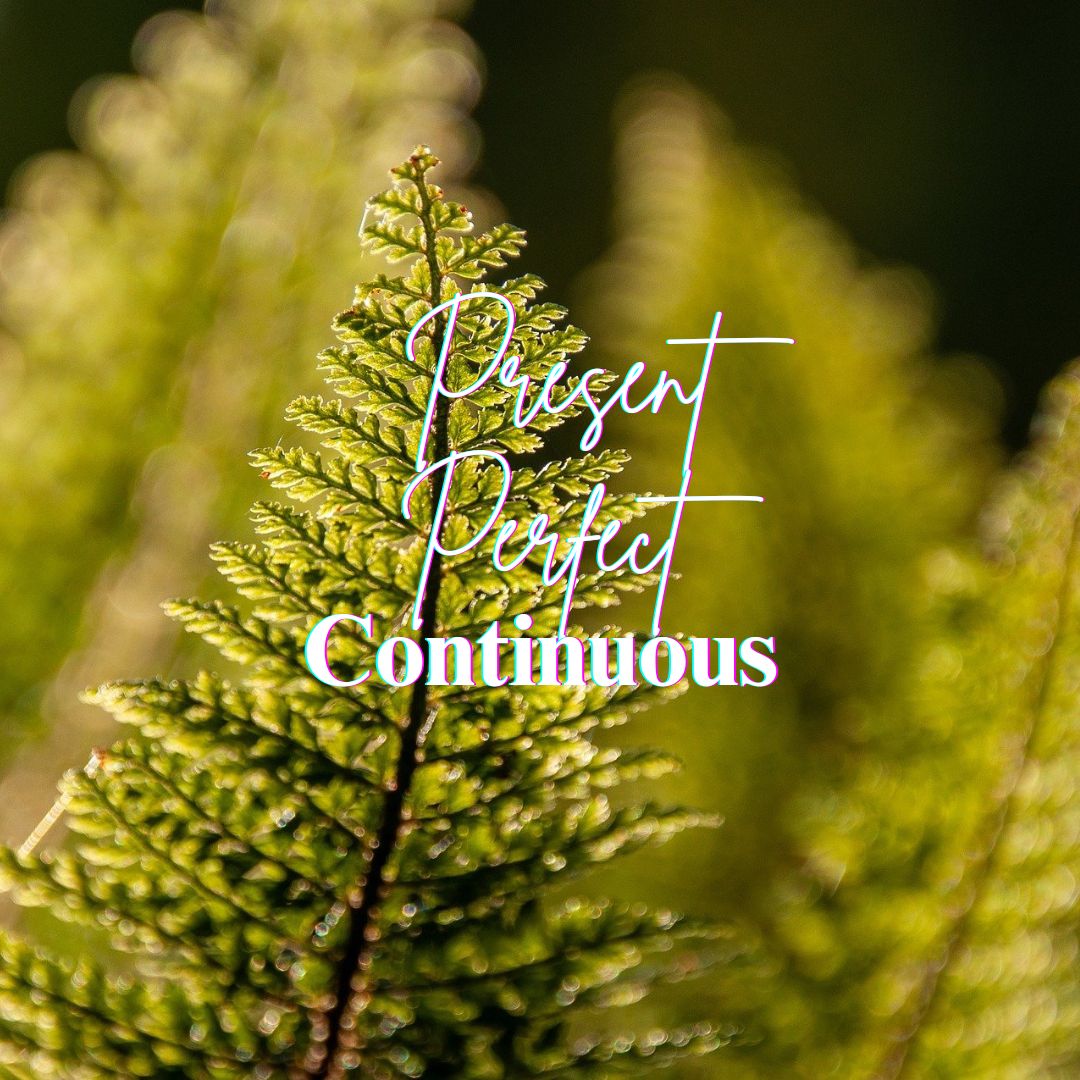Tag: perfect

Auxiliary Verbs: to be
To be is used with the present participle (ing form) of the main verb to indicate an action that is currently happening. Example: She is studying for her exam.

The Future Perfect Continuous in the Past
The Future Perfect Continuous in the Past is a tense used to talk about an ongoing action that was expected to be completed at a specific point in the past. It is formed using the past participle of will have been (which is would have been) and the present participle form (-ing) of the main verb.

The Future Perfect Continuous tense
The Future Perfect Continuous tense: Affirmative: Subject + will have been + verb (with -ing) I will have been studying for three hours. Negative: Subject + will not have been + verb (with -ing) She will not have been working on this project for two weeks. Question: Will + subject + have been […]

The Past Perfect Continuous tense
The Past Perfect Continuous tense is used to describe an action that started in the past and continued up until another point in the past. It emphasizes the duration of the action and often suggests that the action was ongoing and unfinished at the time of the past event.

The Present Perfect Continuous tense
The Present Perfect Continuous tense is used to describe an action that began in the past, has continued up until now, and may still be ongoing. It is typically used to describe actions or situations that have a connection to the present moment.